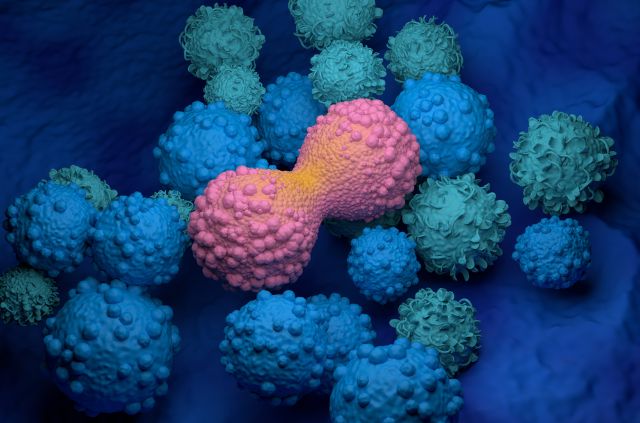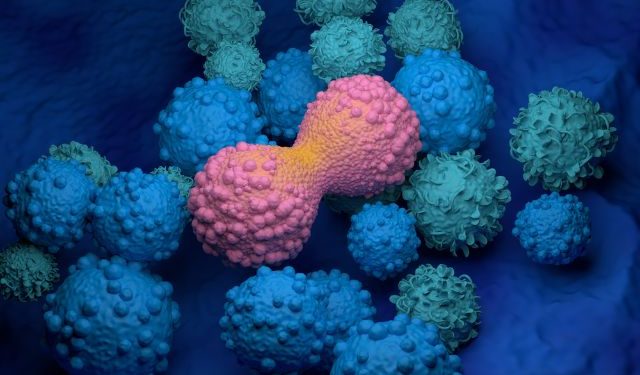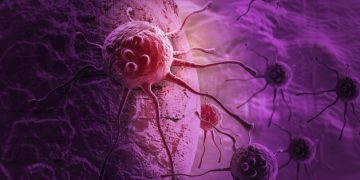Basal cell cancer starts in the skin’s basal cells, which are constantly growing and pushing older, dead skin off the surface. It typically appears as an abnormal growth on sun-exposed areas of the body. It may look like a wart, crusty spot, reddish patch, mole or nodule and it often bleeds, becomes scabby, or doesn’t heal. It’s most common on the face but can also grow in scars, sores that don’t heal and parts of the body where it’s harder to examine, such as the feet or genital area. It grows very slowly and usually doesn’t spread to other parts of the body, but it can grow deep into the tissue and injure blood vessels, nerves and bone if left untreated.
A GP will usually examine the lesion and refer you to a specialist (dermatologist) if they think it could be a skin cancer. The specialist will examine the lesion and might do a skin biopsy. In a skin biopsy, the doctor will numb the area and shave off a small amount of the suspicious lesion to test it under a microscope for signs of cancer.
If basal cell carcinoma isn’t treated, it can become more serious and spread to other parts of the body. It’s unlikely that basal cell cancer will spread to other organs, but if it does, it can be life-threatening. For this reason, it’s important to get any new, persistent, unexplained lump or bump checked by a doctor, particularly one that grows rapidly or has changed in shape or colour.
When basal cell cancer is diagnosed, it’s classified by the stage of the tumour. Staging describes how far the tumour has spread within the skin or to other tissues and organs. Staging helps doctors plan treatment.

Basal cell carcinoma rarely spreads to other parts of the body, but it does grow deeper into the skin if not treated. It can also recur in the same area after treatment, especially in people with a weakened immune system, such as those with HIV, lymphoma or leukemia or those taking drugs to prevent organ rejection, such as interferon or PD-1 inhibitors (cemiplimab and pembrolizumab).
If your basal cell carcinoma isn’t very large or hasn’t spread, it might be removed with surgery. If it is a bit larger or hasn’t spread, your doctor might use other treatments to destroy the tumour and reduce your risk of it returning.
These include freezing the tumour cells with liquid nitrogen (cryosurgery), using a scraping instrument called a curette to remove the lesion completely, or applying a cream or ointment that blocks cancer cell growth to the affected area (topical treatments). Radiation therapy is used for larger tumours and when other treatments aren’t possible. Photodynamic therapy combines a photosensitizing drug and light to kill the tumour cells. It might be used for superficial basal cell carcinoma and for some skin lesions that can’t be treated with surgery or other techniques.









